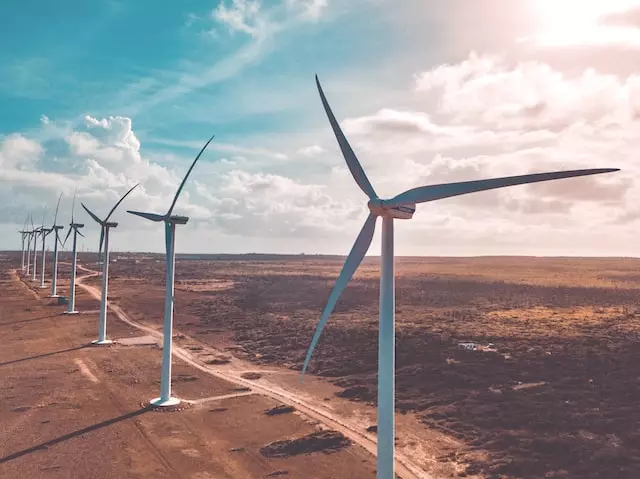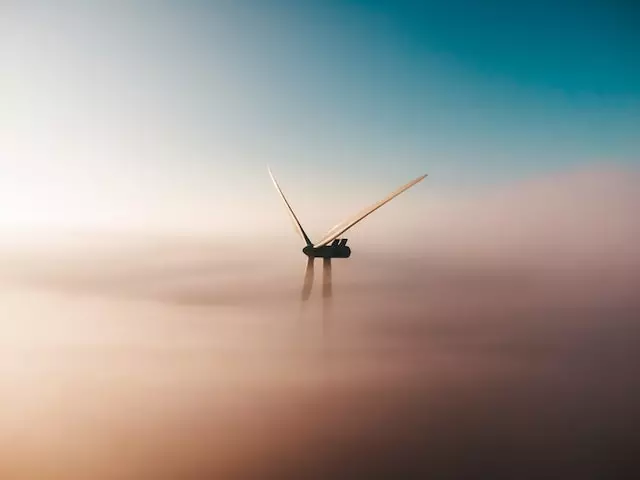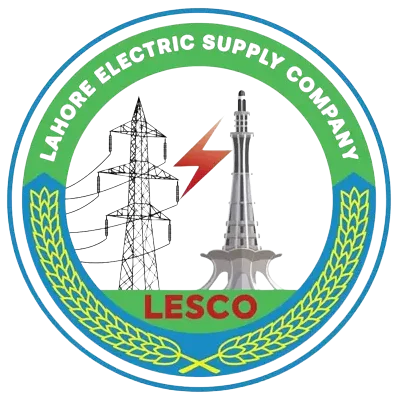Pros and Cons of Wind Energy
Wind energy is a form of renewable energy that involves generating electricity by harnessing the power of the wind. This was the first source discovered for producing energy, even before water. And now it is the safest way of production of electricity. We will go through a series of advantages and disadvantages.
Pros of Wind Energy
Renewable Energy Source
The most prominent and non-obsolete fact is that wind energy is a renewable energy source, which means that it is constantly replenished and is not depleted by use. Well in comparison to other sources such as water or fossil fuel and any other form they have limitations after a certain point. They eventually become scarce and more expensive to extract.
Eco-Friendly Source
With the world in danger of pollution too much to handle and we need to sort out the mess we created. Wind energy has always been an eco-friendly source of generating power. There is no drama of combustion, greenhouse effects, or land or sea harm during its working. Pick any paper or any article from day one of their operations and they never even contributed 0.5% of damage, in contrast with other sources and methods.
Wind Energy is Cheap
The wind is nature’s gift to mankind and it’s not free but cheap. Although some prior construction and machine work is required, after installation they work lifetime, unless some technicality occurs. Unless they’re good to go. In addition, the use of wind energy can help to reduce our reliance on fossil fuels, which can be volatile in terms of price and availability. This can help to reduce energy costs and improve energy security for countries and regions that adopt wind energy.
Low Operating Costs
As depicted earlier, one-time installation may cause some reliance but after that, they have Low operating costs. It has relatively low operating costs compared to other energy sources, especially once the initial construction and installation costs have been paid off.
The Shocking Truth: What Will Happen without Electricity?
Diversify
By adopting wind energy, we can diversify our energy mix and reduce our reliance on any single energy source. This can help to reduce the risks associated with relying on a single energy source, such as price fluctuations or supply disruptions. It is an important part of the global energy mix, and its adoption can help to reduce our reliance on fossil fuels, mitigate the impacts of climate change, create jobs, and improve energy security.
Opportunities for Jobs
The industry responsible for creating the parts of a wind turbine has massive opportunities for jobs. Though the parts are massively big and they need machines and a large amount of manpower to get work done. both directly in the construction and operation of wind farms, as well as indirectly in manufacturing and other related industries.

Cons of Wind Energy
With many many benefits, there is always the other side of the coin. In this, we are proud to say that the other side has a minor scar or is barely there. But for the sake of content let’s go through those few available.
Initial Cost
The operational cost of using wind energy is the lowest. But initial building and assembling do require some cost input. They need labor and heavy machine lifters, transportation, and some motors and generators. Although the benefit after that is long, it is still difficult for some countries or regions to adopt wind energy as a primary energy source.
Intermittent Energy Source
Wind energy is an intermittent energy source, meaning that it is not available all the time. Wind speeds can vary significantly from day to day, and from one location to another. As a result, wind energy cannot be relied upon to meet all of a region’s energy needs. And even though some places don’t even have that kind of wind pressure to run the blades.
Appearance
We now have advanced so much that wind turbines are placed in oceans. With gathering all that abundant wind caused by the ocean water. But with the land having no water source nearby, these are implanted on the land and cause a little in visual or appearances of that area. Some people may object to the appearance of wind turbines, which can be large and visible from a distance. This can be a concern for people living near wind farms, as well as for those who are concerned about the impact on the natural landscape.
Noise
Same as above, some people are concerned about the noise. Firstly the assembling is always made in village side areas where the population is lesser but as the area develops this problem is faced. With new technologies and the smooth running of blades, they still cannot be as silent as an ant. However, newer turbine designs are quieter than older models, and the noise can be mitigated through careful planning and siting of the turbines.
Danger to Wildlife
One fact that cannot be denied, is that wind turbines affect wildlife, especially animals of air. Birds and migrating creatures are affected by this. Research is still needed to minimize wind-wildlife interactions. Advancements in technologies, properly sitting wind plants, and ongoing environmental research are working to reduce the impact of wind turbines on wildlife.
Shadow Flicker
Shadow flicker occurs when the blades of the rotor cast a shadow as they turn. Research has shown the worst-case conditions would affect, by way of light alteration, neighboring residents a total of 100 minutes per year, and only 20 minutes per year under normal circumstances. Designers of wind farms avoid placing turbines in locations where shadow flicker would be a problem for any significant amount of time.
The Pros and Cons of Nuclear Energy: A Balanced Look
Wind power can be a cornerstone of that sustainable energy future because it is affordable, provides jobs, substantial and distributed revenue, and treads lightly on our environment without causing pollution, generating hazardous wastes, or depleting natural resources. Embracing wind energy today will lay the foundation for a healthy tomorrow.

Conclusion
In conclusion, wind energy has numerous pros and cons that must be carefully considered when deciding whether or not to adopt it as a primary source of energy. On the one hand, it is a renewable and eco-friendly energy source that can help to reduce reliance on fossil fuels, improve energy security, and create jobs. It also has low operating costs and the potential to diversify our energy mix.
On the other hand, wind energy can be an intermittent source of energy that is not always available, and it has initial construction costs that may be prohibitive for some countries or regions. It can also be a controversial source of energy due to its appearance and potential impact on wildlife and the environment.
Ultimately, the decision to adopt wind energy will depend on the specific needs and circumstances of each country or region, and a thorough evaluation of the pros and cons of this renewable energy source.
Frequently Asked Questions
What is wind energy?
Wind energy is a form of renewable energy that involves generating electricity by harnessing the power of the wind.
What are the pros of wind energy?
Some of the pros of wind energy include that it is a renewable energy source, it is an eco-friendly source of generating power, it has low operating costs, it can help to diversify the energy mix and reduce reliance on fossil fuels, and it creates opportunities for jobs.
What are the cons of wind energy?
Some of the cons of wind energy include that it is an intermittent energy source that is not always available, it has initial construction costs that may be prohibitive for some countries or regions, it can be a controversial source of energy due to its appearance and potential impact on wildlife and the environment, and it may not be suitable for all locations due to lack of wind.
Is wind energy a renewable energy source?
Yes, wind energy is a renewable energy source because it is constantly replenished and is not depleted by use.
Is wind energy an eco-friendly source of generating power?
Yes, wind energy is generally considered an eco-friendly source of generating power because it does not produce greenhouse gases or other pollutants during operation.
What are the operating costs of wind energy?
The operating costs of wind energy are relatively low, especially once the initial construction and installation costs have been paid off.
How can wind energy help to diversify the energy mix and reduce reliance on fossil fuels?
By adopting wind energy, we can diversify our energy mix and reduce our reliance on any single energy source. This can help to reduce the risks associated with relying on a single energy source, such as price fluctuations or supply disruptions.
It can also help to reduce our reliance on fossil fuels, which are a major contributor to climate change.
Does wind energy create opportunities for jobs?
Yes, wind energy can create opportunities for jobs both directly in the construction and operation of wind farms, as well as indirectly in manufacturing and other related industries.
The industry responsible for creating the parts of a wind turbine has significant potential for job creation, as it requires a large amount of manpower and the use of heavy machinery.
Additionally, the operation and maintenance of wind farms can create job opportunities for technicians, engineers, and other professionals. Overall, the wind energy sector is a growing industry that has the potential to provide numerous job opportunities for people with a variety of skills and education levels.
